SUMMARY
This is AI generated summarization, which may have errors. For context, always refer to the full article.
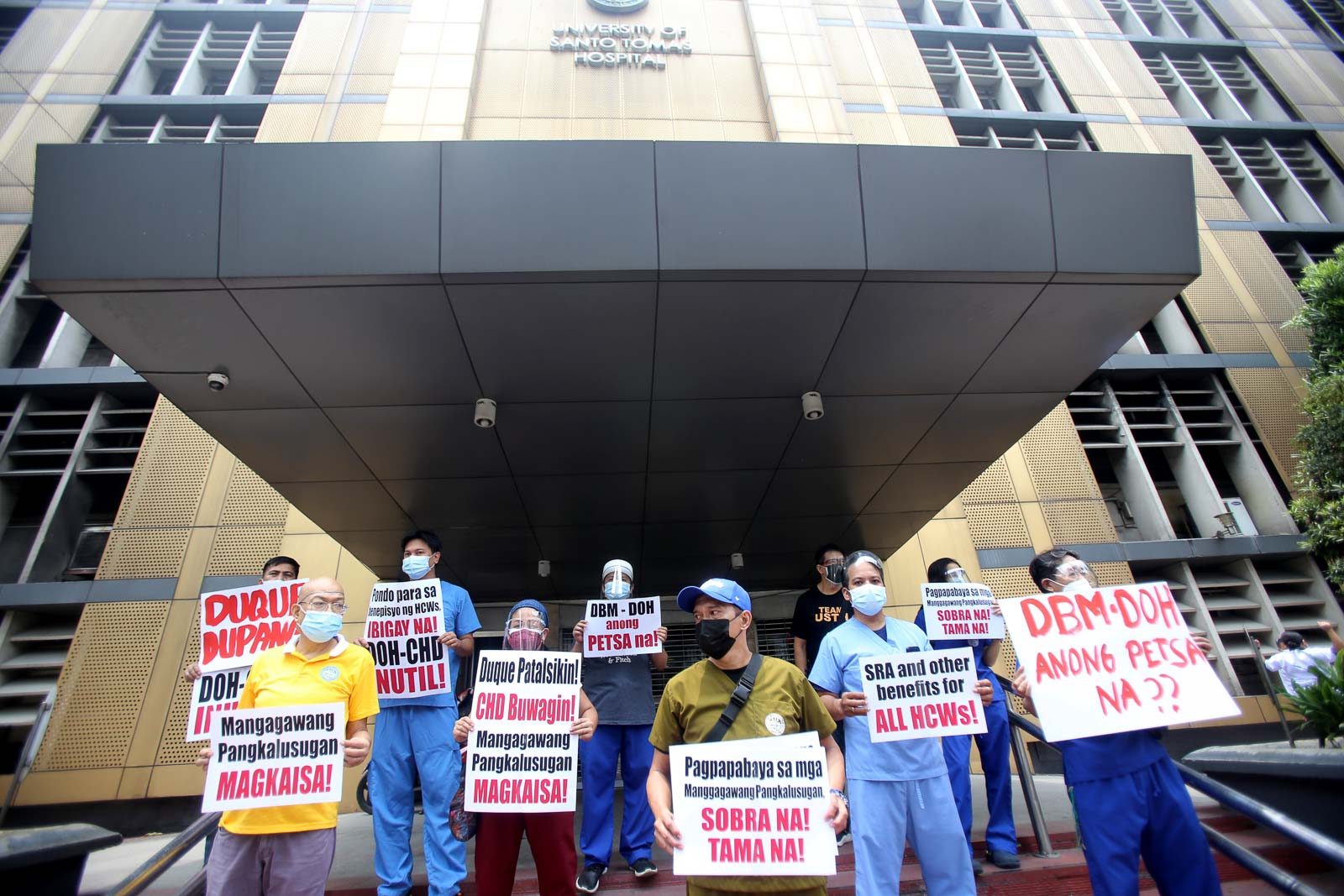
The Philippines continues to see a rise in COVID-19 infections as Metro Manila and several provinces enter the third of a modified enhanced community quarantine.
Here’s what we’re watching this week of August 30, 2021:
Reported daily new cases in the Philippines are at their highest levels since the pandemic started – and continue to climb after weeks of several record-breaking tallies.
- The latest daily new cases figure to eclipse all others yet: 22,366 newly reported cases on August 30, 2021. The Philippines will likely breach 2 million cases this week, but the Duterte administration doesn’t seem to be on track to tighten quarantine restrictions yet.
- Infections don’t look like they’ll wane anytime soon, with the Department of Health (DOH) reporting a positivity rate of 27.5% – way above the 5% threshold recommended by the World Health Organization. That means nearly 3 in 10 people tested for COVID-19 are positive.
- Plus, the highly contagious Delta variant is now the dominant COVID-19 variant in the Philippines, said WHO Representative to the Philippines Dr. Rabindra Abeyasinghe.
Unprecedented levels of hospital admissions since April
Hospital admissions in Metro Manila have reached levels not seen since April, when hundreds were left waiting or unable to get a hospital bed after a surge in cases overwhelmed health facilities in the region and neighboring provinces.
- Many hospitals have again increased bed allocations, forcing other departments catering to non-COVID cases to close so that resources (most especially manpower) can be diverted to treating COVID-19 patients.
- Unlike the surge in April 2021 that was mainly centered in Metro Manila, health systems across the country are stretched thin as the ongoing increase in cases involved the whole of Luzon and select areas in the Visayas and Mindanao, too.
Health workers still awaiting benefits from government
Thousands of health workers are still waiting to receive their share of the government’s promised COVID-19 benefits, after over a year of serving in some of the riskiest places to be in during the pandemic.
- Healthcare workers, whom citizens have hailed as “heroes,” staged various protests on National Heroe’s Day on August 30 to demand better treatment from the government. Groups gave the government until August 31 to give what was due them.
- Various hospitals have been hit by resignations, aggravating a shortage of manpower during the crisis and exposing once more the plight of health workers in the Philippines.
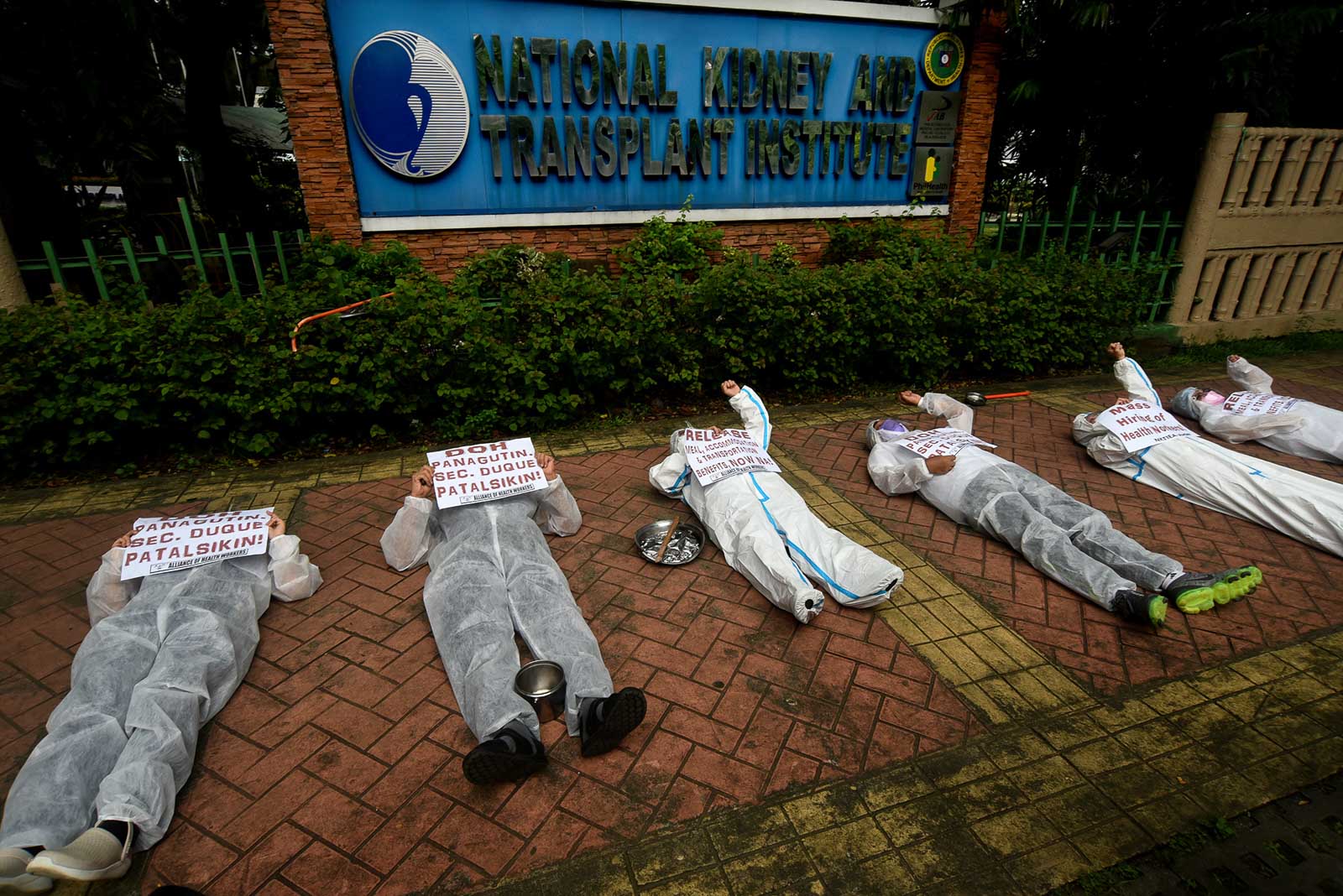
Scientists look into decline of vaccine effectiveness
In vaccine related news, scientists around the world are studying what exactly is driving the decline in effectiveness of vaccines in preventing infection.
- One recent study from the United States Centers for Disease Control and Prevention found that mRNA vaccines became less effective at preventing infection as the Delta variant became the dominant form of the virus.
- Ashley Fowlkes the author of the study and an epidemiologist at the CDC told the New York Times: “What we were trying to figure out is: Is this Delta, or is this waning effectiveness?…. Our conclusion is that we can’t really tell.” Read more here.
- STAT News spoke to several experts who were also grappling with similar questions. In the meantime, vaccines still offer “impressive” protection against severe COVID-19.
- In the wait for more answers, an expert says, “The way to make progress in the fight is to get more people vaccinated – both here and abroad – to cut transmission and the risk of new variants emerging.” Read more here.
- Related read from Rappler: Why it’s not yet time to get COVID-19 vaccine boosters
In case you missed it: The World Health Organization painted two scenarios for the pandemic in the future: learning to “live with the virus,” or failing to do so and seeing the rise of more dangerous variants that can thwart progress made so far.
More on that in this story:
– Rappler.com
Add a comment
How does this make you feel?
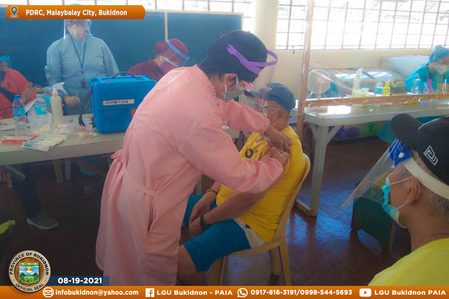
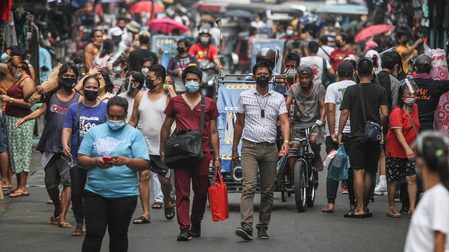
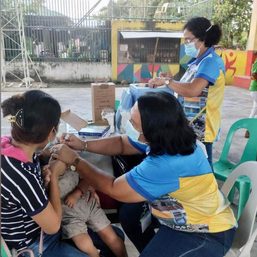



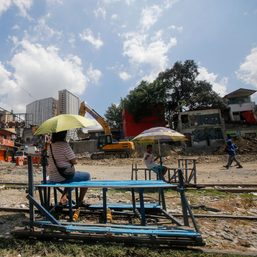

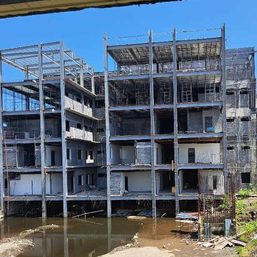



There are no comments yet. Add your comment to start the conversation.